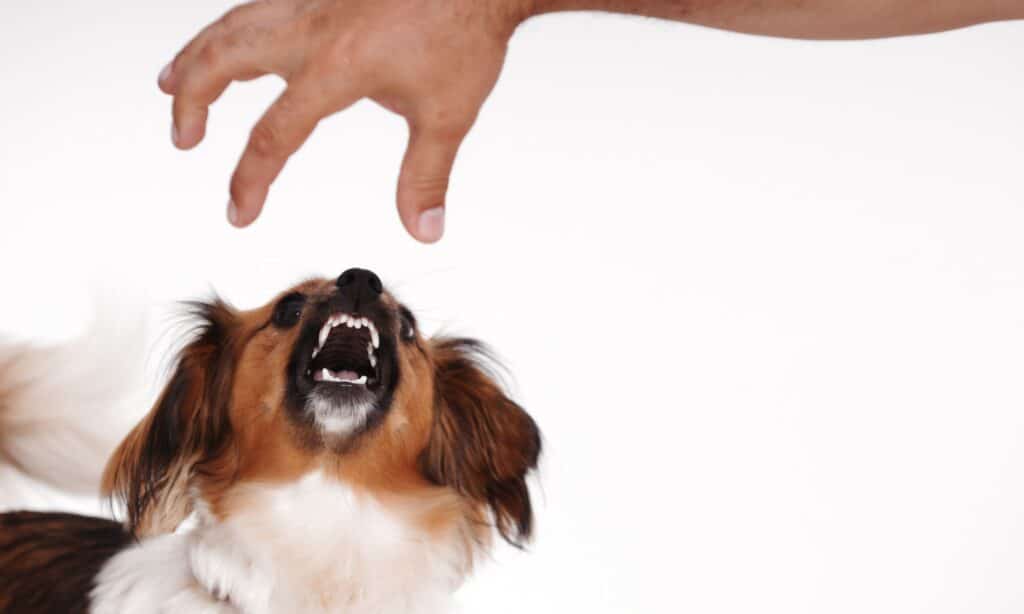

Resource guarding, also known as possessive aggression, occurs when your dog becomes excessively possessive, such as by growling or biting over a resource or a cherished item.
While resource guarding is a natural behavior for dogs, there are certain things we can do at home to reassure our dogs that they don’t have to go on the defensive.
At any time during a dog’s life, possessive aggression may appear. Some canines may only exhibit resource-guarding behavior around strangers or certain individuals. Other dogs behave in a resource-guarding manner toward everyone. The worst-case scenario is when a dog actually bites someone and causes harm.
It’s critical to remember that you shouldn’t automatically assume your dog is a bad dog just because he exhibits tendencies to guard resources. Your dog’s powerful emotions could be the result of some underlying issues. But even if your dog’s behavior is entirely normal, you shouldn’t encourage it or disregard the issue.
Here are a few tips on what to do about your dog’s resource guarding!


Behavior Modification Training
Many tactics, such as the “leave it” and “drop it” methods, can help reduce resource guarding in dogs. This will allow you to tell your dog to stop protecting something in a safe and encouraging manner. The method is straightforward: If your dog refuses to drop a toy or food item, you can train them to do so in exchange for a treat or toy that has a higher value. Please remember to check with your veterinarian first before starting any training sessions with your pet as many dogs require an assessment and perhaps medication.


Manage The Environment
Make a list of everything your dog has gotten possessive with. Then explore how you can modify the surroundings to prevent access to these items. You also have to make it clear to all family members and guests that they should never approach or interrupt your dog while they are eating or chewing. Hide or remove any items that your dog may grab and guard as much as possible so that you do not have to confront your dog. If you must remove anything from them, make an exchange rather than simply taking something away.


Offer Some Treats
Train them to associate you with good emotions when it comes to mealtimes and food by giving them high-quality treats. Toss the reward to the dog while standing outside of his reaction area. Or, when attempting to exchange items with your dog, place some food or treats a fair distance away so that your dog must move. This will allow you enough time and space to pick up the item safely. If you can wait until the dog is in a completely different room before removing the object, that’s even better. After the dog becomes accustomed to this, approach him gently and drop the treats in front of him. Pick up your dog’s bowl, put the reward in it, and then hand it back to them if they are protecting their food.


Consult With A Dog Trainer
If your dog has bitten you or is causing concerns, it is advised that you get help from a professional dog trainer. It’s crucial to put both your safety and your dog’s safety first since resource guarding can lead to potentially dangerous situations. With an expert’s assistance, you can guarantee this safety. A qualified trainer will be able to guide you through the process in addition to developing a trainer-client connection with you and your dog.
It will depend on the particular situation and lifestyle, but some pet owners just allow a dog’s resource-guarding actions as long as they do not cause bodily injury or fear. But if you’re struggling with it, don’t hesitate to consult with an expert.



